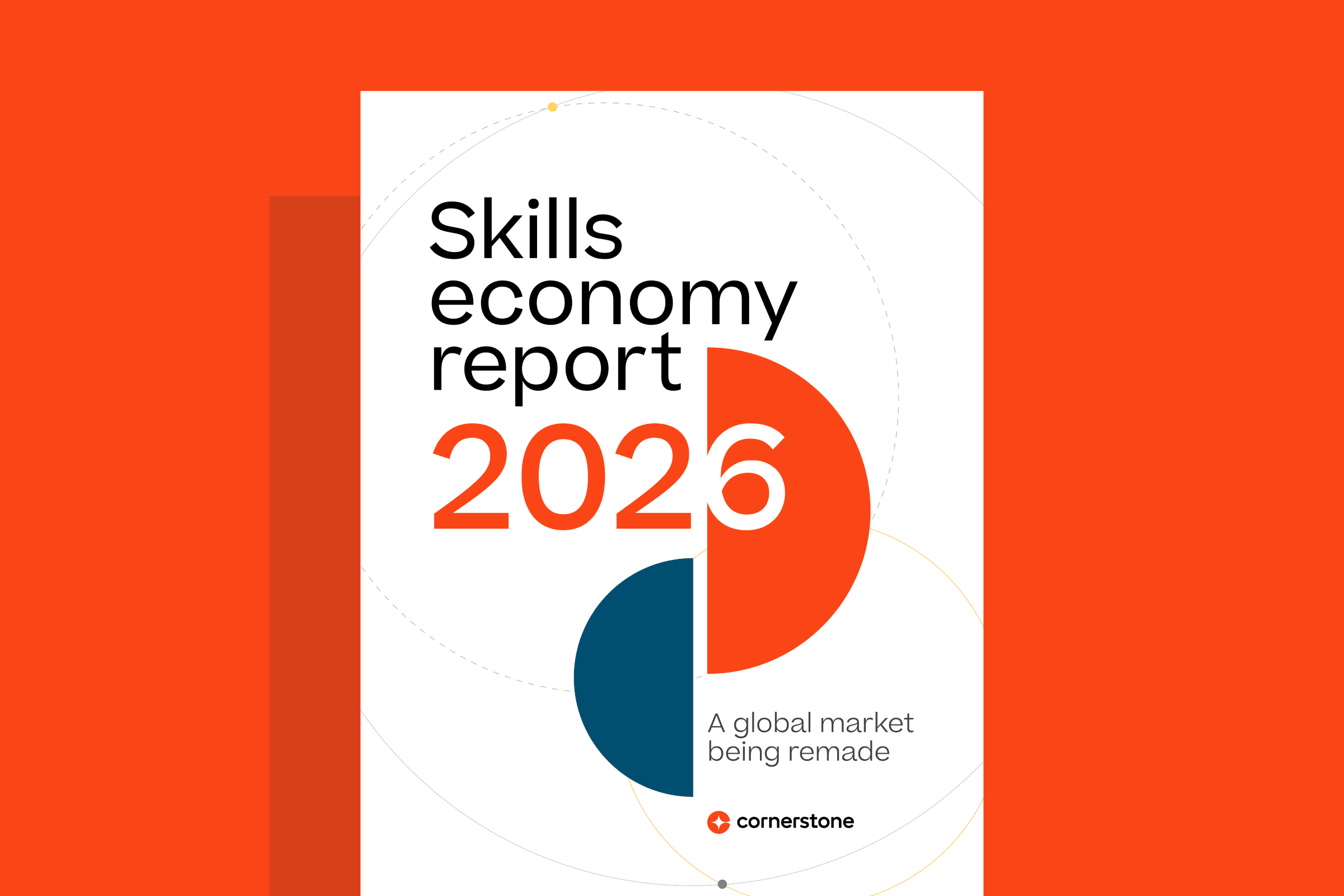In March 2020, the world experienced dramatic shifts in the ways we work, how we collaborate and which tools and technologies we use on a daily basis. And amazingly enough — people remained productive while navigating monumental changes in their personal lives and surmounting stresses related to living through a global pandemic.
And what did we do in the midst of all this change? We learned! From the early days of the pandemic, we saw a significant spike in the number of people turning to online learning to quickly grasp new skills as they navigated a new (and still changing!) world of work.
The increase in remote work and other workplace shifts we’ve seen lately accelerated the adoption of online learning by self-directed learners. And here’s what we discovered about why this shift has benefitted so many organizations and their people: people who found value in online courses focused on productivity and new technology returned to online learning to upskill in many, many more areas!
The power of self-directed learning journeys
The average time spent globally on our online workplaces is now 3x higher than it was one year ago. Now that’s a reset. It’s even higher in certain regions like Asia, which has maintained a 5x increase in online learning.
It’s also fascinating to see how Cornerstone’s customers are uniquely encouraging their people to own their development at work:
- Clif Bar saw a 198% increase in self-directed online training hours completed when its L&D team offered more relevant and timely content. “Online learning offered [Clif Bar] employees critical resources for coping with the COVID-19 pandemic, and it also gave us a new way for keeping our culture alive and keeping everyone connected, even when working remotely. We encourage employees to be independent and 100% self-directed in their learning endeavors. We want them to own their development,” said Brandon Hodges, learning and development specialist at Clif Bar.
- BNP Paribas saw a 235% increase in self-requested trainings from 2019 to 2020. When discussing this increase, Audrey Matton, project officer of solution, deployment & service learning at BNP Paribas SA Brussels, said, “As a global multinational, we are pleased to be able to introduce and recommend innovative and tested learning solutions to our diverse employee base across our varied business entities. Content Anytime provides a lever in that direction.”
What the data shows about how we learned online
This learning reset brought on by the mass and rapid changes to our workforce has reminded people how important and immediately valuable learning can be. It’s forced us to prioritize learning and take control of our own learning using the resources available to us. We now understand that the real value of online learning is that it allows us to become adaptable, advance our careers and respond to time-sensitive, critical topics impacting our world of work without interrupting our day-to-day work.
Interestingly, the trends in online learning shifted over the course of the pandemic.
From March through May 2020, we saw a 5x spike in online learning, primarily focused on COVID-19 related courses. These courses included remote work, personal health, productivity and technology. In fact, the top courses from that time were all about staying healthy while working remotely and effective communication for remote teams.
Then, from July through October 2020, we witnessed a 6x spike in online learning, focused on critical diversity, equity and inclusion topics like unconscious bias, microaggressions and working with multi-cultural teams. This spike was greatest in North America but was significant globally, as workers prioritized learning that aligned to major social justice movements in the United States.
From November 2020 through January 2021, we saw a renewed surge in learning content focused on remote working. And the top courses from the first quarter of 2021 span a unique mix of topics, including: “Agile & Scrum 101,” “Microsoft Teams for Beginners,” “What is Emotional Intelligence?” and “Effective Writing Modules.”
And yet, through all that learning, there was one topic that remained top of mind throughout 2020. The #1 course that people flocked to was “Beat Stress Inducing Thought Processes,” developed by Grovo.
Clearly, people in the workplace see the value in online learning and are self-directing their learning journeys to support themselves through change, upskilling and reskilling, and advancing their careers. The new 3x global baseline of online learning completion shows me that people are embracing an evolving workplace and preparing for the hybrid work of the future.
What this sustained momentum means to Cornerstone
Let’s recap: We’ve seen a 3x increase in employees learning online since the start of the pandemic and have continued to see sustained momentum over 2021. We’ve also seen clear demand for the most right-now skills, including how to stay productive and collaborate while working remotely, how to lead virtual teams and how to identify unconscious bias.
And in response to these trends, Cornerstone curated two new subscriptions over the past year (CCA Remote Work Essentials and CCA DEI) that help our customers provide employees with relevant, right-now content.
We believe the steady plateau of interest in online learning is driven by the overwhelming shift in how we work that is going on in the workplace. We’re creating new jobs, the existing jobs are adapting to how we work now, and everyone is focused on learning how to compete. People are craving change, and the way they want to work is changing.
We are always changing — and with that, always adapting. It’s incumbent upon businesses to offer compelling and varied learning opportunities now, so their people can continue adapting and preparing for what comes next. At Cornerstone, we’re invigorated by the trend toward more self-directed learning and encouraged to see a global recognition of the value of the modern content that’s fueling learning.
See the full infographic below


